
Knowledge
The Major Metal Forming Processes (Part One)
Metal forming methods are an important part of part design and a matter of great concern to manufacturers. Today, we will take you to explore the major metal forming processes: casting, plastic forming, machining, welding, powder metallurgy, metal injection molding, semi-solid metal forming, and 3D printing.
01 Casting
Pouring liquid metal into a mold cavity that matches the shape and size of the part, allowing it to cool and solidify to obtain a blank or part is commonly known as liquid metal forming or casting.
Process flow: Liquid metal → Filling the mold → Solidification and shrinkage → Casting
Process features:
1) Can produce parts with any complex shape, especially those with complex inner cavity shapes.
2) Strong adaptability, no restrictions on alloy types, and almost no size limitations for castings.
3) Wide material sources, scrap can be remelted, and low equipment investment.
4) High scrap rate, relatively low surface quality, and poor working conditions.
Casting classification:
(1) Sand casting

Sand casting: A casting method for producing castings in a sand mold. Steel, iron and most non-ferrous alloy castings can be obtained by sand casting.
Technical features:
1) Suitable for making complex-shaped blanks, especially those with complex inner cavities;
2) Wide adaptability and low cost;
3) For some materials with poor plasticity, such as cast iron, sand casting is the only forming process for manufacturing their parts or blanks.
Applications: Engine blocks, cylinder heads, crankshafts and other castings for automobiles.
(2) Investment Casting
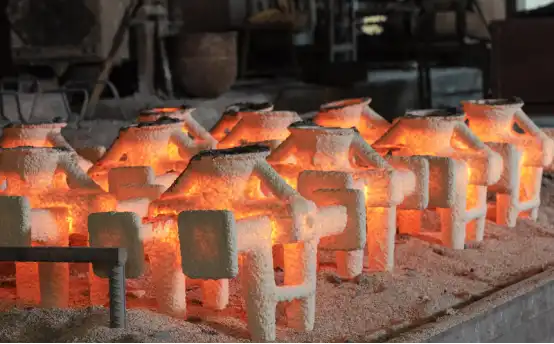
Investment casting: Generally, it refers to a casting method where a pattern is made of a fusible material, and several layers of refractory materials are coated on the surface of the pattern to form a mold shell. Then, the pattern is melted and removed from the mold shell to obtain a casting mold without parting surfaces. After high-temperature baking, it can be filled with sand and cast. It is often called "lost-wax casting".
Advantages:
1) High dimensional accuracy and geometric accuracy;
2) High surface roughness;
3) Capable of casting complex-shaped castings, and the casting alloys are not restricted.
Disadvantages: Complicated process and high cost.
Application: Suitable for producing small parts with complex shapes and high precision requirements, or parts that are difficult to process by other methods, such as turbine engine blades.
(3) Die casting:
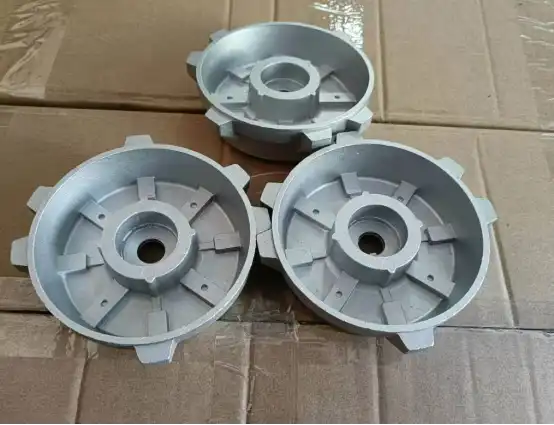
It involves using high pressure to rapidly inject molten metal into a precision metal mold cavity. Under the pressure, the molten metal cools and solidifies to form a casting.
Advantages:
1) The metal liquid is subjected to high pressure and flows at a fast speed during die casting.
2) The product quality is good, with stable dimensions and good interchangeability.
3) The production efficiency is high, and the die casting mold can be used many times.
4) It is suitable for large-scale production and has good economic benefits.
Disadvantages:
1) The castings are prone to small pores and shrinkage porosity.
2) The plasticity of die castings is low, and they are not suitable for working under impact loads or in vibrating conditions.
3) When die casting high-melting-point alloys, the mold life is low, which affects the expansion of die casting production.
Application: Die castings were first applied in the automotive and instrument industries, and later gradually expanded to various industries, such as agricultural machinery, machine tool industry, electronics industry, defense industry, computers, medical equipment, watches, cameras, and daily hardware, among others.
(4) Low-pressure Casting
Low-pressure casting refers to a method in which liquid metal fills the mold under relatively low pressure (0.02 to 0.06 MPa) and solidifies under pressure to form a casting.
Technical features: 1) The pressure and speed during pouring can be adjusted, making it suitable for various types of molds (such as metal molds and sand molds), and capable of casting various alloys and castings of different sizes; 2) It uses bottom-up filling, ensuring a smooth flow of the metal liquid without splashing, avoiding the entrainment of gases and erosion of the mold walls and cores, thereby increasing the casting yield; 3) The casting solidifies under pressure, resulting in a dense structure, clear contours, smooth surface, and high mechanical properties, which is particularly advantageous for the casting of large thin-walled parts; 4) It eliminates the need for risers, increasing the metal utilization rate to 90-98%; 5) It has low labor intensity, good working conditions, simple equipment, and is easy to achieve mechanization and automation. Applications: Mainly traditional products (such as cylinder heads, wheels, cylinder blocks, etc.).
(5) Centrifugal casting
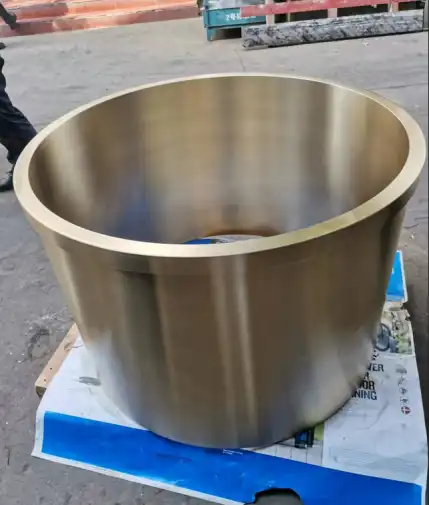
Centrifugal casting: It is a casting method in which molten metal is poured into a rotating mold and solidifies to form the casting under the action of centrifugal force.
Advantages:
1) There is almost no metal consumption in the gating and riser systems, which improves the process yield.
2) When producing hollow castings, no core is needed, so the metal filling ability can be greatly improved when producing long tubular castings.
3) The castings have high density, few pores and inclusions, and high mechanical properties.
4) It is convenient to manufacture composite metal castings of tubes and sleeves.
Disadvantages:
1) It has certain limitations when used for producing irregularly-shaped castings.
2) The inner hole diameter of the casting is inaccurate, the inner hole surface is relatively rough, the quality is poor, and the machining allowance is large.
3) The casting is prone to density segregation.
Applications: Centrifugal casting was first used for producing cast pipes. Both at home and abroad, the centrifugal casting process is adopted in industries such as metallurgy, mining, transportation, irrigation and drainage machinery, aviation, national defense, and automobiles to produce steel, iron, and non-ferrous carbon alloy castings. Among them, the production of centrifugal cast iron pipes, internal combustion engine cylinder liners, and shaft sleeves is particularly common.
(6) Metal mold casting
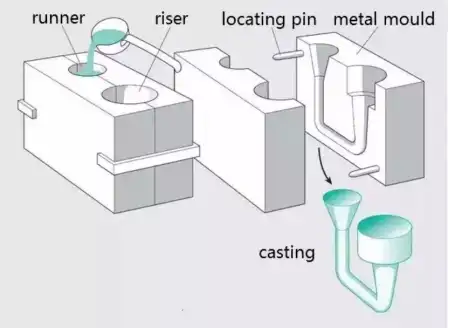
Metal mold casting: It refers to a forming method in which liquid metal fills a metal mold under the action of gravity and solidifies in the mold to obtain a casting.
Advantages:
1) Metal molds have high thermal conductivity and heat capacity, allowing for rapid cooling and resulting in dense castings with mechanical properties approximately 15% higher than those of sand castings.
2) They can produce castings with higher dimensional accuracy and lower surface roughness values, and the quality stability is good.
3) As they require little or no sand cores, they improve the environment, reduce dust and harmful gases, and lower labor intensity.
Disadvantages:
1) The metal mold itself has no air permeability, so certain measures must be taken to discharge the air in the mold cavity and the gases produced by the sand core.
2) The metal mold has no yielding property, and cracks are likely to occur in the castings during solidification.
3) The manufacturing cycle of the metal mold is relatively long and the cost is high. Therefore, it can only show good economic benefits when used in large-scale batch production.
Application: Metal mold casting is suitable not only for the mass production of complex-shaped non-ferrous alloy castings such as aluminum and magnesium alloys, but also for the production of steel castings and ingots.
(7) Vacuum die casting
Vacuum die casting: An advanced die casting process that eliminates or significantly reduces porosity and dissolved gases in die castings by evacuating the gases in the die cavity during the die casting process, thereby improving the mechanical properties and surface quality of die castings.
Advantages:
1) Eliminate or reduce the internal pores in die-castings, improve the mechanical properties and surface quality of die-castings, and enhance the plating performance.
2) Reduce the back pressure in the cavity, allowing the use of lower specific pressure and alloys with poorer casting performance, and potentially enabling the die-casting of larger parts with smaller machines.
3) Improve the filling conditions, allowing the die-casting of thinner parts.
Disadvantages:
1) The sealing structure of the mold is complex, making manufacturing and installation difficult and thus increasing the cost.
2) If the vacuum die casting method is not properly controlled, the effect will not be very significant.
(8) Squeeze casting
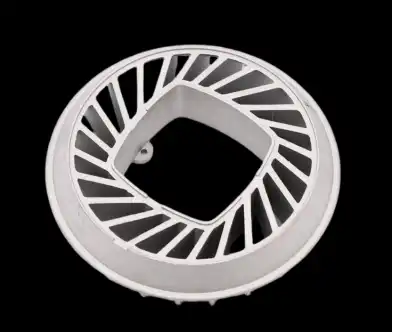
Squeeze casting: It is a method of solidifying and shaping liquid or semi-solid metal under high pressure to directly obtain parts or blanks. It has the advantages of high utilization rate of liquid metal, simplified process and stable quality, and is an energy-saving metal forming technology with potential application prospects. Process flow: Direct squeeze casting: coating, pouring alloy, closing the mold, pressurizing, holding pressure, depressurizing, demolding, blank ejection, reset; Indirect squeeze casting: coating, closing the mold, feeding, filling, pressurizing, holding pressure, depressurizing, demolding, blank ejection, reset.
Technical features:
1) It can eliminate internal defects such as gas holes, shrinkage cavities and porosity.
2) It has a low surface roughness and high dimensional accuracy.
3) It can prevent the occurrence of casting cracks.
4) It is convenient to achieve mechanization and automation.
Application: It can be used to produce various types of alloys, such as aluminum alloys, zinc alloys, copper alloys, ductile iron, etc.
(9) Lost foam casting
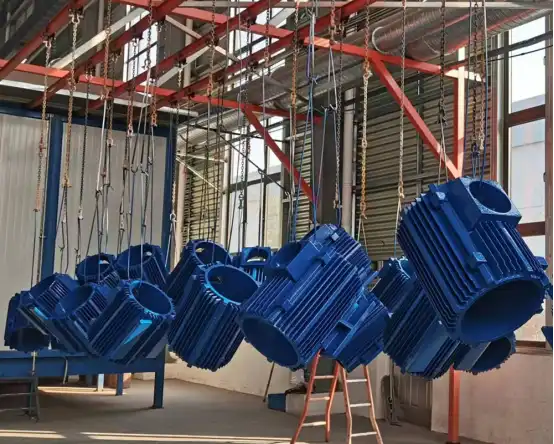
Lost foam casting (also known as full mold casting): It is a new casting method that involves bonding and assembling wax or foam models similar in size and shape to the casting into a model cluster, coating them with refractory paint and drying them, then burying them in dry quartz sand and vibrating to form the mold, pouring under negative pressure to vaporize the model, allowing the liquid metal to occupy the model's position, and after solidification and cooling, forming the casting.
Process flow: Pre-foaming → Foaming molding → Coating with paint → Drying → Molding → Pouring → Shakeout → Cleaning
Technical features:
1) High casting accuracy, no sand core, reducing processing time;
2) No parting surface, flexible design, high degree of freedom;
3) Clean production, no pollution;
4) Reduce investment and production costs. Application: Suitable for producing various complex-structured, relatively precise castings of different sizes, with no limit on alloy types or production batches. Such as gray cast iron engine blocks, high manganese steel elbow pipes, etc.
(10)Continuous casting is an advanced casting method. Its principle is to continuously pour molten metal into a special metal mold called a mold. The solidified (crust) castings are continuously pulled out from the other end of the mold. It can obtain castings of any length or a specific length.
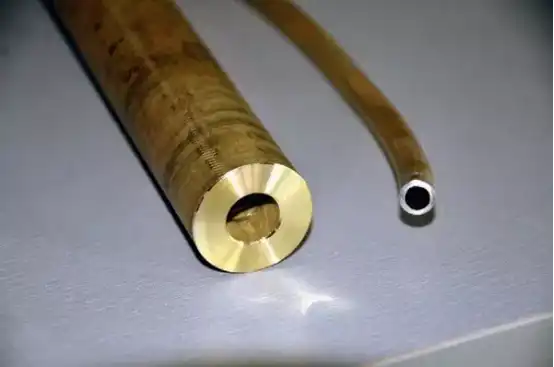
Technical features:
1) Due to the rapid cooling of the metal, the crystallization is dense, the structure is uniform, and the mechanical properties are good;
2) Metal is saved, and the yield is increased;
3) The process is simplified, eliminating molding and other processes, thus reducing labor intensity; the required production area is also greatly reduced.
4) Continuous casting production is easy to achieve through mechanization and automation, improving production efficiency.
Application: The Continuous casting method can be used to pour long castings with constant cross-sectional shapes, such as ingots, slabs, billets, tubes, etc., of steel, iron, copper alloys, aluminum alloys, magnesium alloys, etc.
Vigor has more than 20 years of experience in casting industry, if you have any question, demand, parts development or improve your supply chain, please feel free to contact us at info@castings-forging.com



